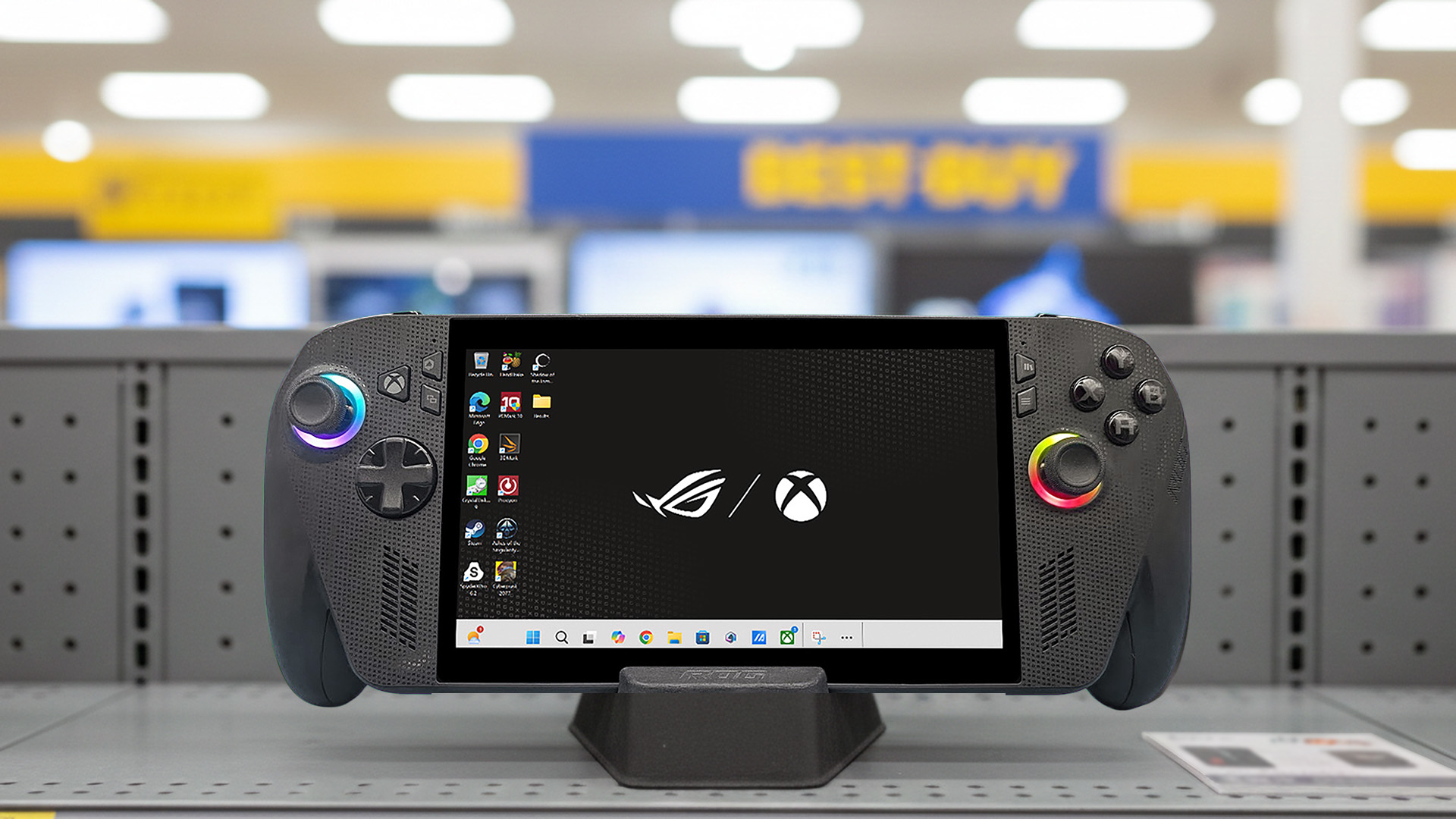Microsoft CEO admits repeatedly abandoning consumers was a mistake
In a recent interview, Microsoft CEO Satya Nadella said he failed, multiple times, to remain committed to consumers who have shown a commitment to Microsoft.
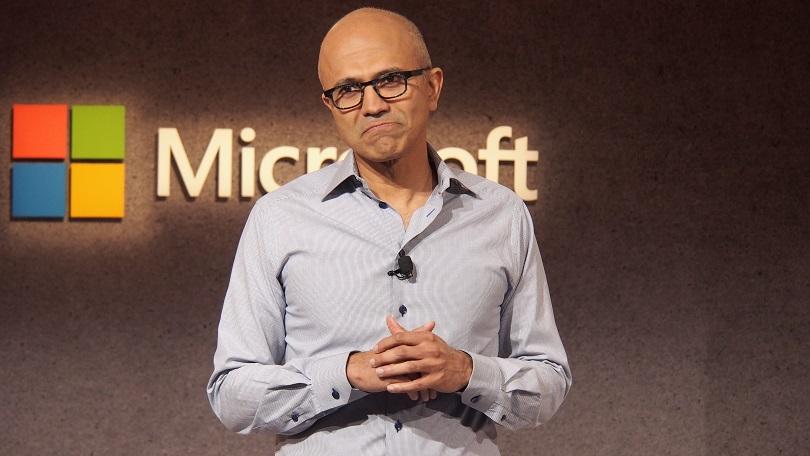
Though he didn't mention Windows phone specifically, Nadella clearly failed in his commitment to Windows phone users. Reneging on a promise to make Windows phones if no one else did, withdrawing from markets where Windows phones thrived, a lack of marketing and failing to lead Universal Windows Platform (UWP) support with first-party apps is a condemning litany of proof of Nadella's failed commitment to consumers.
The cost of abandoning these users is higher than angering a few loyalists. Mobile platforms are key to developer, OEM, and consumer relationships. They're also the nexus for technologies such as smart homes, smart speakers, and wearables.
Nadella severed Microsoft from all of these things, and its bridge to the future, when he abandoned Windows phone users.
The allure of mixed reality and AI
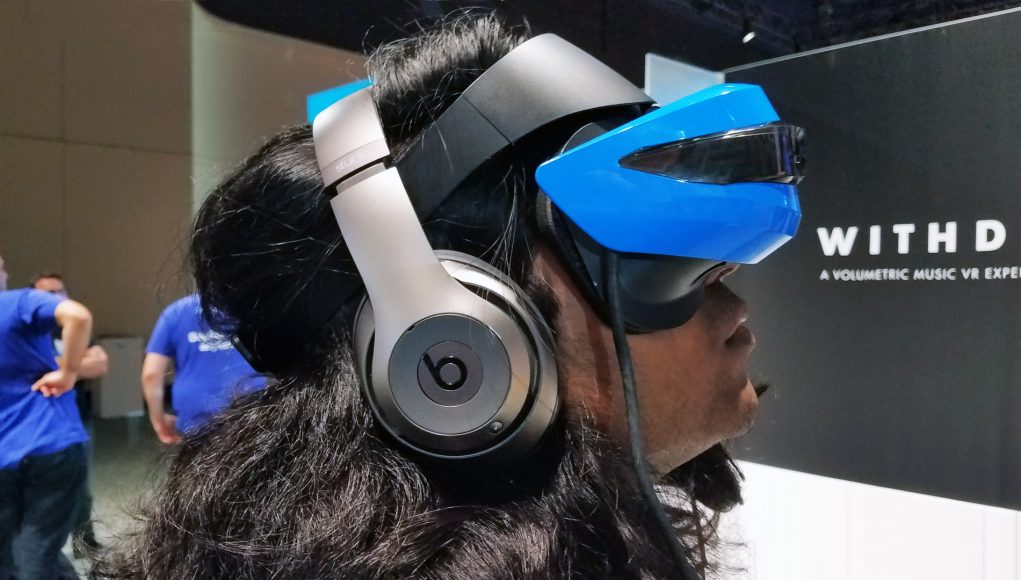
During the recent interview with business podcast Marketplace's Corner Office, Nadella said the following of Microsoft's failure in mobile:
If you missed something you … look at what's the next turn. We're ... excited about the cloud… And the next big wave … Mixed Reality and AI.
When asked of his most recent significant mistake, Nadella replied:
In many cases customers have already chosen to work with you, and yet you consciously or unconsciously abandon them to go work off on the new shiny object.
Pursuing a shiny new mixed-reality and AI future while abandoning Windows phone users may have burned Microsoft's bridge to that future.
Windows phone's Catch 22
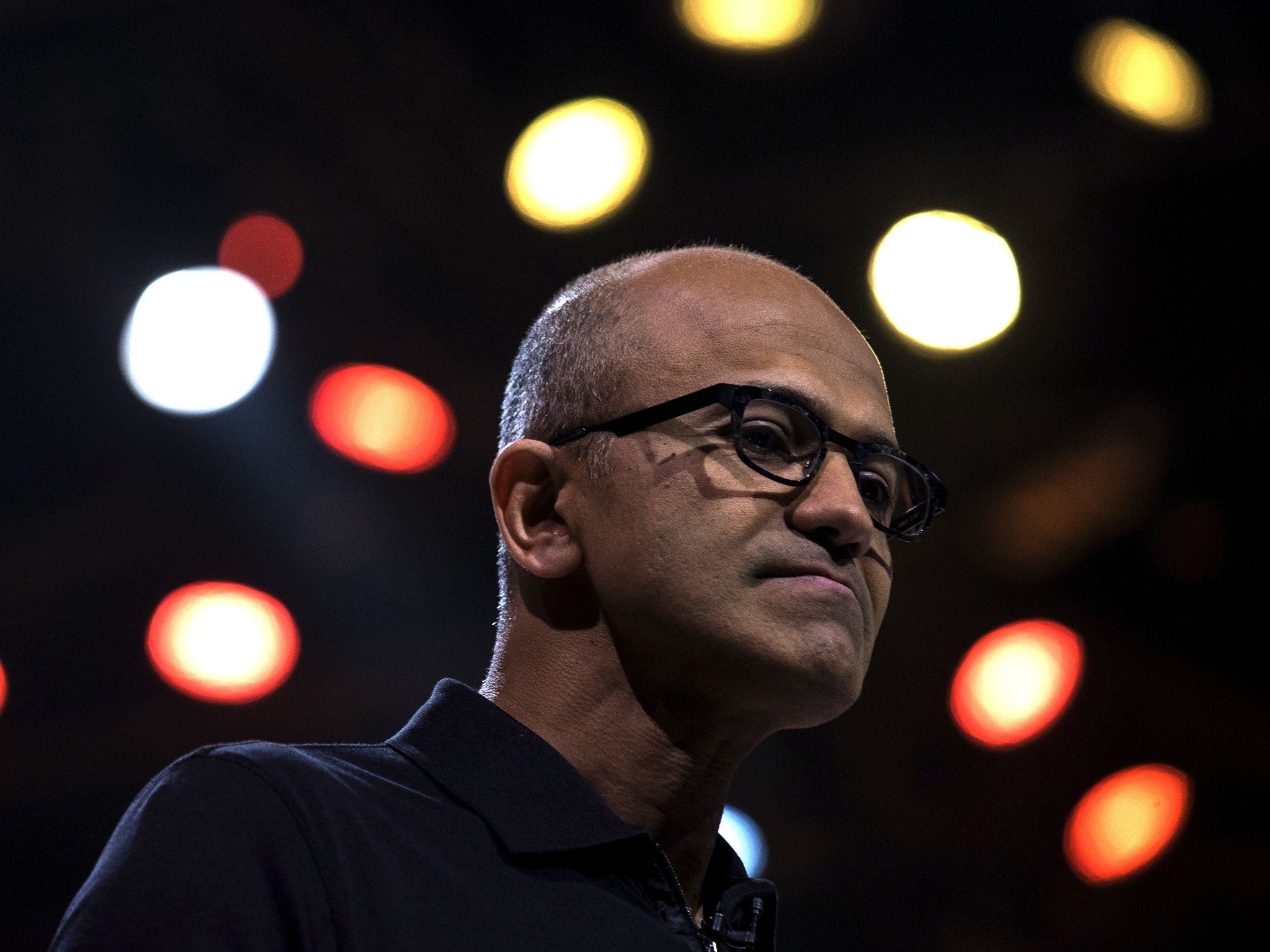
In his book, Hit Refresh Nadella said: "I did not get why the world needed the third ecosystem in phones, unless we changed the rules." If he plans to bring a unique device to market powered by Core OS he faced a difficult crossroads when deciding Windows 10 Mobile's future.
All the latest news, reviews, and guides for Windows and Xbox diehards.
Should he continue to allow Window phones, with their negative reputation, to remain in the market? Or should he eradicate the platform and start fresh with a new product category unassociated with Microsoft's failed smartphones?
If he chose the former, the negative narrative that surrounds Microsoft's mobile attempts would've persisted. By eradicating phones, Nadella may silence that narrative before introducing something new. However, "hitting refresh" may cost vital consumer, developer and OEM relationships.
Keeping Windows phone alive until a new device materializes, with a phase-out thereafter, could have been a wiser choice. But Nadella likely saw a rejected platform coexisting with its new approach as an opportunity for product and message confusion.
His choices were lose-lose propositions.
No developers, no bridge to the future
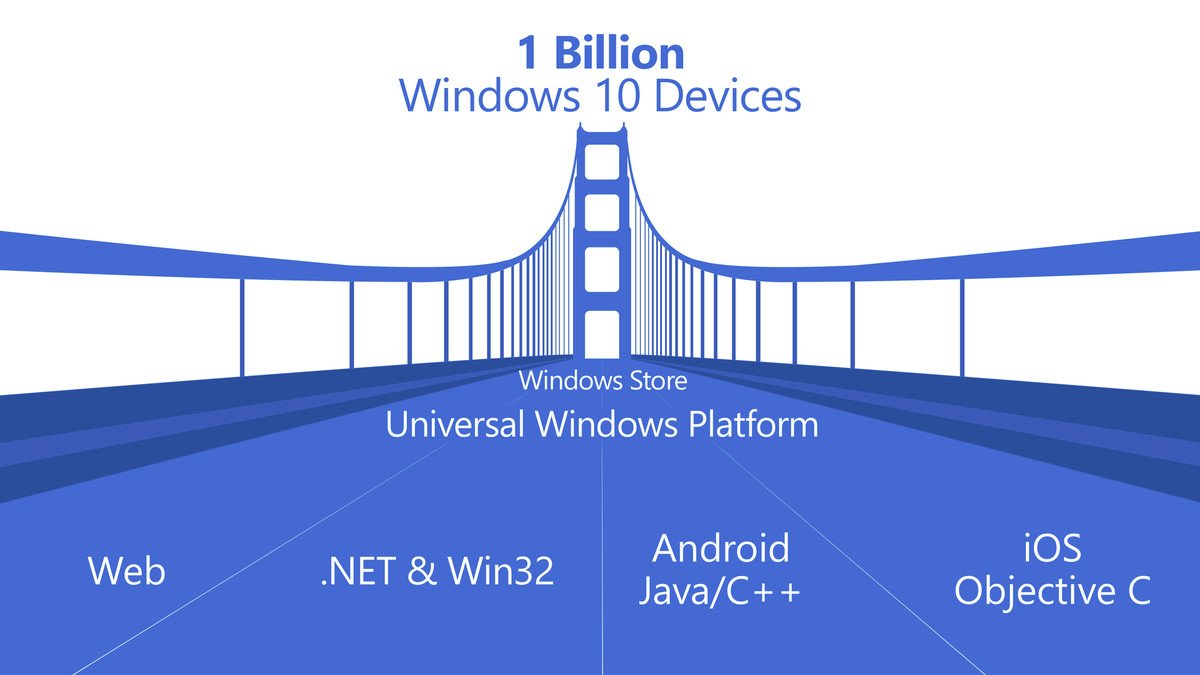
Purging Windows phones may have been the wrong choice if Nadella wants developer support for what's next. With no mobile platform developers lose interest.
In addition to other efforts, Microsoft could have built standard-setting, first-party UWP apps to communicate a commitment to and confidence in its own platform. Developers may have followed suit. Nadella focused on other platforms instead.
We have tried VERY HARD to incent app devs. Paid money.. wrote apps 4 them.. but volume of users is too low for most companies to invest. ☹️ https://t.co/ePsySxR3LBWe have tried VERY HARD to incent app devs. Paid money.. wrote apps 4 them.. but volume of users is too low for most companies to invest. ☹️ https://t.co/ePsySxR3LB— Joe Belfiore (@joebelfiore) October 8, 2017October 8, 2017
Without developers, UWP's future, which serves Microsoft's entire device family not just phones, is in trouble. Though Microsoft hopes Windows 10 S will draw developers to UWP, most are mobile-focused. Nadella has removed what little incentive they had. Consequently, the Windows Store and Microsoft's non-phone mobile vision, including cellular PCs and HoloLens, will suffer.
Developer's don't love Microsoft
Abandoned OEMs and the loss of future markets

Sadly, HP and other OEMs suffered the same mishandling by Microsoft as consumers. Nadella's broken consumer, developer, and OEM relationships will invariably affect the company's future.
Mixed reality, wearables and AI-supported ambient computing will need developers, OEMs and consumers. Without a mobile platform and its associated developer and OEM relationships, Microsoft has no bridge from the present to its vision of the future.
Will lack of consumer focus hurt Microsoft's future?
Killing Windows 10 Mobile following a history of abandoning Windows phone users will likely have a more profound future impact than Nadella anticipates.
Hitting refresh
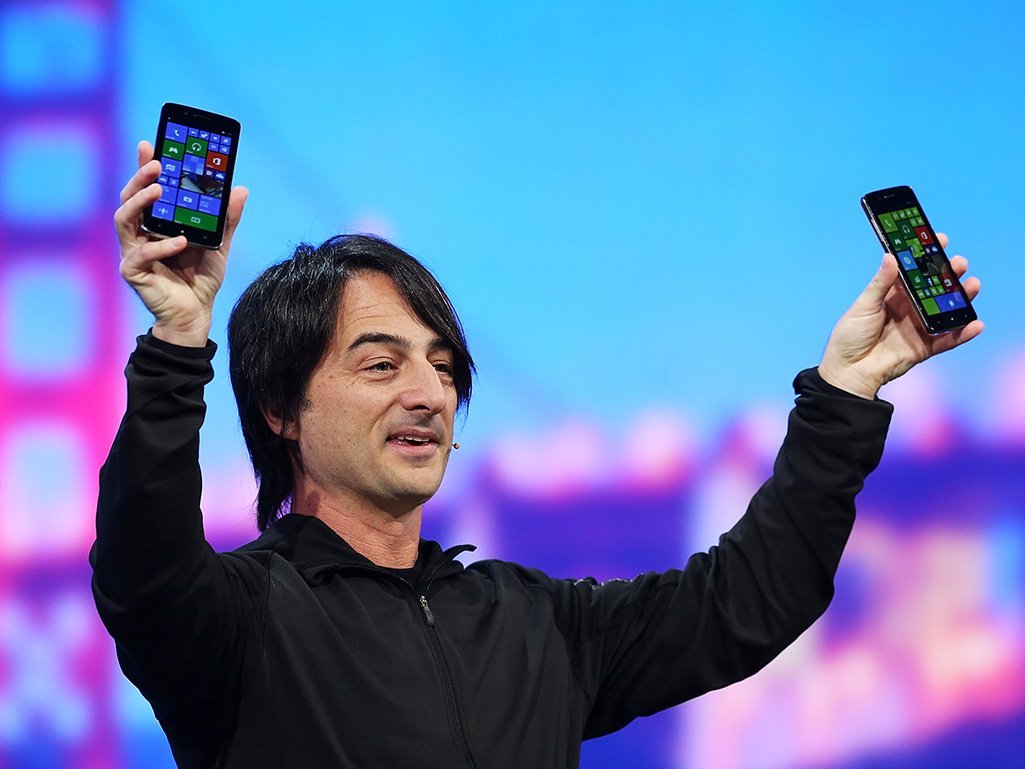
Microsoft Corporate Vice President Joe Belfiore's recent Windows phone tweets were specific to Windows 10 Mobile. If events continue playing out as outlined, Microsoft's project Andromeda may yield a unique Core OS-powered device.
(2/2) As an individual end-user, I switched platforms for the app/hw diversity. We will support those users too! Choose what's best 4 u. https://t.co/LKQBL3w7gA(2/2) As an individual end-user, I switched platforms for the app/hw diversity. We will support those users too! Choose what's best 4 u. https://t.co/LKQBL3w7gA— Joe Belfiore (@joebelfiore) October 8, 2017October 8, 2017
Still, rather than hitting refresh, perhaps Nadella should have recommitted to Windows Mobile. That would have preserved relationships needed for this potential device and Microsoft's broader future vision.
Why the death of Windows 10 Mobile is a good thing
On the other hand, technological shifts toward a more connected 5G and edge-computing future, supported by cross-platform progressive web apps, AI and bots, may transform the dynamic between developers, OEMs, consumers and Microsoft, from what we see with the current the app model.
Only time will tell.
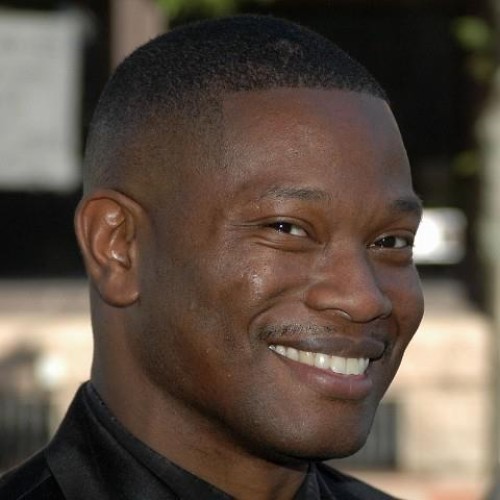
Jason L Ward is a Former Columnist at Windows Central. He provided a unique big picture analysis of the complex world of Microsoft. Jason takes the small clues and gives you an insightful big picture perspective through storytelling that you won't find *anywhere* else. Seriously, this dude thinks outside the box. Follow him on Twitter at @JLTechWord. He's doing the "write" thing!
